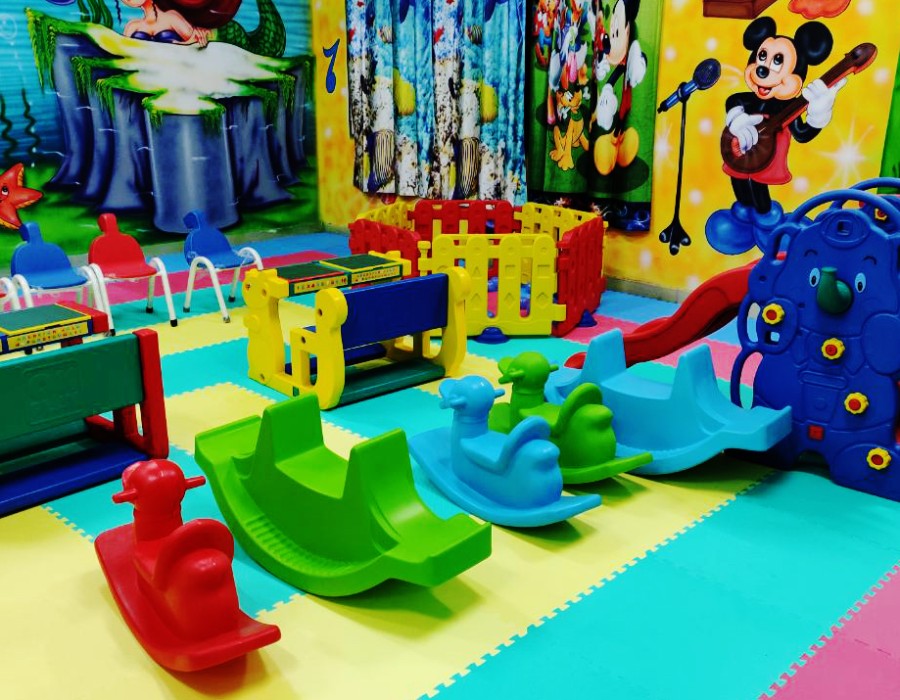As children grow, the development of gross motor skills becomes essential for their overall physical, cognitive, and social growth. These are the foundational movements—like crawling, jumping, climbing, and running—that support a child’s ability to interact with the world. While outdoor playgrounds have long been the go-to for physical activity, indoor play areas have emerged as equally powerful environments for motor skill development, especially in urban settings where space or weather might limit outdoor access.
Indoor play areas are more than just a place to burn off energy—they are carefully designed spaces that encourage physical activity in a controlled, safe, and stimulating environment. These facilities are often equipped with structures that challenge children to balance, jump, stretch, and climb—activities that are critical to improving gross motor function.
What Are Gross Motor Skills?
Gross motor skills involve the use of large muscles in the body to perform movements such as walking, running, jumping, and maintaining posture. For young children, mastering these skills is not only vital for physical health but also for independence and confidence. When kids practice gross motor movements, they enhance their coordination, balance, and strength.
These skills are developed over time, typically beginning in infancy and continuing through early childhood. During these years, play plays a vital role in encouraging active learning and physical development. Indoor play areas, particularly those filled with varied equipment and design features, are excellent tools in this developmental journey.
How Indoor Play Areas Enhance Gross Motor Development
Indoor play areas often feature a variety of equipment that directly supports the development of gross motor skills. Tunnels, slides, soft climbing walls, ball pits, ramps, and balance beams all encourage children to move in diverse and challenging ways. Here are several specific benefits these environments provide:
Encouraging Full-Body Movement
Indoor play areas are typically designed to stimulate all areas of physical activity. Whether a child is crawling through a tunnel or swinging on monkey bars, they are using core muscles and developing coordination. These activities also improve endurance and flexibility, encouraging holistic physical development.
Safe Exploration
Children need opportunities to explore new movements without the fear of injury. Soft play surfaces and padded equipment reduce the risk of harm, allowing kids to challenge their limits with confidence. This safe environment is ideal for learning new physical skills like climbing or balancing.
Structured and Unstructured Play
One of the best features of indoor play environments is the ability to offer both structured and unstructured play. Structured activities may be guided by a caregiver or instructor, focusing on specific movements or challenges. Unstructured play, on the other hand, allows children to make their own decisions, which supports not only physical development but also cognitive and social growth.
Year-Round Accessibility
Unlike outdoor playgrounds, indoor facilities are not limited by weather. This year-round accessibility means children have consistent opportunities to stay active, which is crucial for maintaining physical development throughout the year. Regular movement keeps muscles engaged and helps reinforce motor memory.
Sensory Integration
Many indoor play areas incorporate sensory play elements such as textured surfaces, lights, and sound. Sensory experiences combined with physical activity enhance neural development and improve a child’s ability to process and respond to external stimuli, all of which are foundational for motor planning and coordination.
The Role of Equipment Design in Motor Skill Development
Not all play equipment is created equal. The design and layout of the play area significantly impact how effectively it supports motor development. For instance, equipment that requires climbing, sliding, or balancing forces children to engage multiple muscle groups at once. Choosing the right Kid Indoor Play Equipment ensures that children are challenged at every stage of their development while having fun.
It’s also important that the equipment caters to various age groups and skill levels. Features like adjustable climbing heights, wide slides, and interconnected play zones can accommodate children at different stages of motor development. This adaptability supports continual progress as a child grows stronger and more coordinated.
The Importance of Quality and Safety in Indoor Play Equipment
Durability and safety standards are paramount when selecting equipment for indoor play areas. Materials should be non-toxic, easy to clean, and able to withstand regular use. An Indoor Playground Equipment Manufacturer in India like Maheshwari Plays focuses on creating equipment that is both safe and engaging, encouraging physical activity while minimizing risk.
Proper spacing, visibility for caregivers, and adherence to safety standards all contribute to a child-friendly environment. These elements ensure that children can focus on play—and on building the strength and skills that come with it—without unnecessary hazards.
Why Choose Indoor Play for Your Child’s Growth
With the right setup, indoor play areas can be just as impactful as outdoor environments when it comes to supporting gross motor development. They offer a diverse, interactive, and safe space where children can practice the physical skills that will serve them for life. Whether it's mastering the steps of a climbing structure or maintaining balance on a wobbly bridge, each activity helps improve strength, coordination, and confidence.
Choosing a reputable provider like Maheshwari Plays ensures that children benefit from thoughtfully designed equipment and environments that support every stage of physical development. In a world where screen time and sedentary behavior are increasingly common, indoor play areas provide a valuable and engaging alternative that keeps children active, happy, and healthy.





Comments